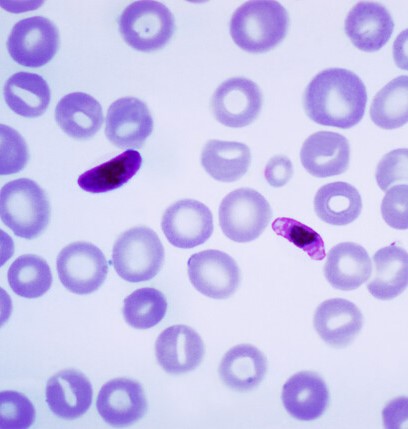 The Centers for Disease Control and Prevention (CDC) today announced the launch of a new program to help US hospitals implement, monitor, and optimize programs for sepsis care.
The Centers for Disease Control and Prevention (CDC) today announced the launch of a new program to help US hospitals implement, monitor, and optimize programs for sepsis care.
Modeled after the CDC's Core Elements of Antibiotic Stewardship, the Hospital Sepsis Program Core Elements aim to help hospitals organize staff, identify resources, and structure their sepsis programs so they can rapidly identify and provide effective care for all types of patients with sepsis, which is a complex condition that can manifest in a variety of ways and isn't easy to recognize.
Programs dedicated to the care of patients with sepsis have been successful in saving more lives, reducing the amount of time patients need to stay in the hospital, and cutting healthcare costs.
Sepsis occurs when the body overreacts to a bacterial or viral infection, triggering a chain of events that leads to tissue damage, organ failure, and death. The CDC estimates that at least 1.7 million Americans develop sepsis each year, and at least 350,000 adults who develop sepsis during their hospitalization die or are moved into hospice. Survival and recovery from sepsis requires rapid identification, action, and coordination from multiple hospital departments, CDC Director Mandy Cohen, MD, MPH, said at a news briefing.
"We know that programs dedicated to the care of patients with sepsis have been successful in saving more lives, reducing the amount of time patients need to stay in the hospital, and cutting healthcare costs," Cohen said. "CDC believes that sepsis programs in every hospital, regardless of size, location, and resources, can strengthen the quality of care delivered to these patients and ensure their survival.
Only 55% of hospitals provide for sepsis leadership
Findings from a CDC survey published today in Morbidity and Mortality Weekly Report found that while 73% of US hospitals have a sepsis committee, only 55% provide dedicated time for sepsis program leaders, which Cohen said is an indication that more works needs to be done to help hospitals improve sepsis survival rates.
"We know there's an opportunity to improve the support and structure of sepsis programs in hospitals across the country, and CDC is ready to help hospitals measure the success of their programs as they implement these core elements," Cohen said.
 A study using SARS-CoV-2 antibody and T-cell tests shows that 41% of 29 patients who developed a postviral syndrome (PVS) showed evidence of a previous COVID-19 infection, suggesting that millions of Americans with long COVID symptoms were exposed to the virus early in the pandemic but couldn't access testing.
A study using SARS-CoV-2 antibody and T-cell tests shows that 41% of 29 patients who developed a postviral syndrome (PVS) showed evidence of a previous COVID-19 infection, suggesting that millions of Americans with long COVID symptoms were exposed to the virus early in the pandemic but couldn't access testing.















